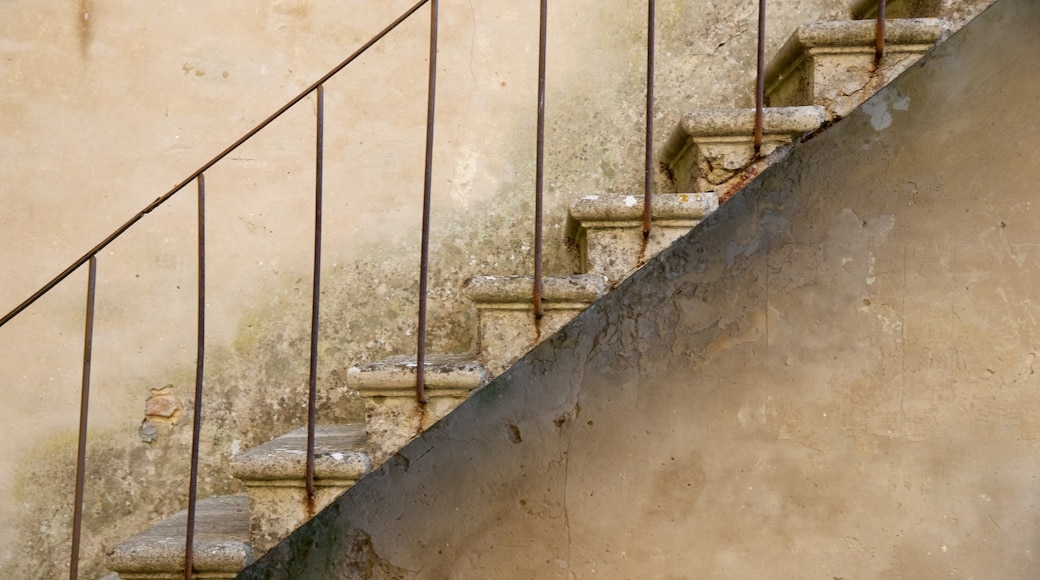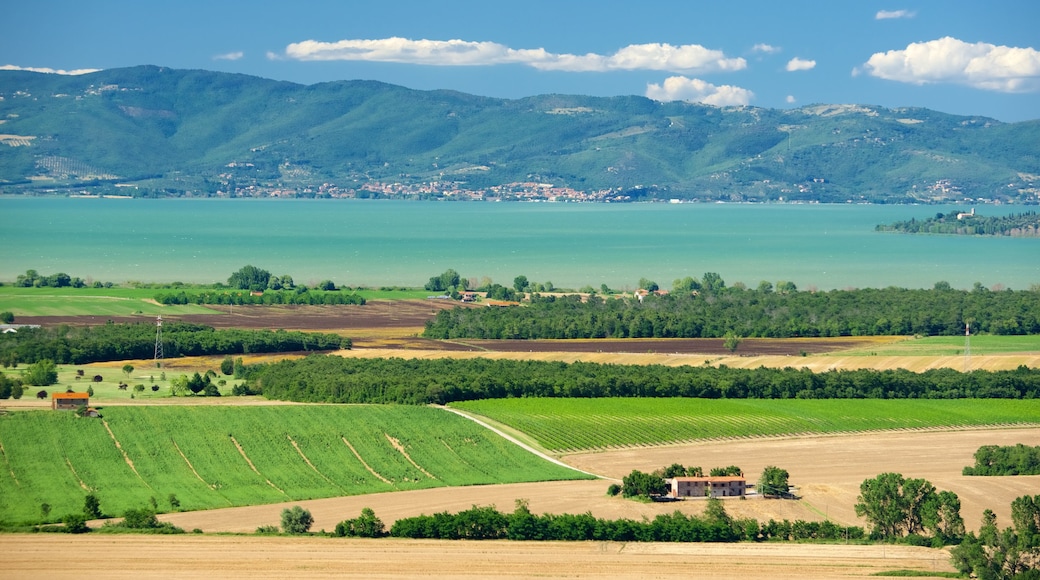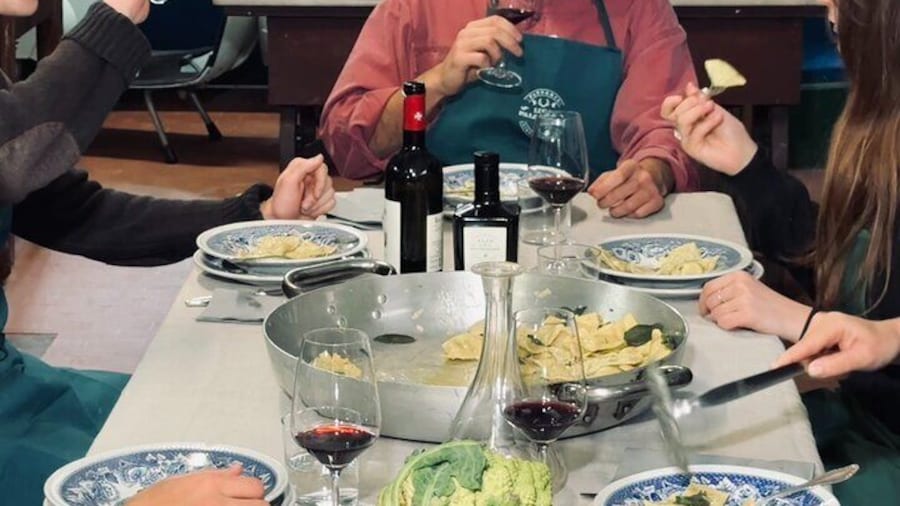Panicale is a quaint community that offers impressive views of the Umbrian countryside, with the Nestore Valley to the south and Lake Trasimeno found toward the north. Explore this fascinating walled town and learn how it grew from a defensive castle. Head to the nearby water park for a day of family-friendly entertainment.
Find the Tavernelle Aquatic Park just south of Panicale. This aquatic park has water pools and brightly colored slides for young kids and teenagers, as well as toddler pool and play area for younger children. Note how the park’s slides follow the path of Umbria’s undulating terrain.
Amble along the winding cobblestone streets of Panicale’s town center and relax at a café in one of its three main piazzas. These three squares are set on different levels and connected by the town’s main roads. Admire the remains of the town walls, which separate this historic commune from Umbria’s picturesque countryside. The town grew around one of the country’s most important castles at the time. It withstood many attempted breaches until finally falling in 1643 to the Florentine army.
Look for artist Pietro Perugino’s fresco of The Martyrdom of Saint Sebastian in the Church of San Sebastiano. Admire the impressive size of this 16th-century painting, which covers an entire wall. Visit the adjacent Panicale City Hall and attend one of its art exhibitions.
Spend time in the lower of the town’s three piazzas and capture photos of its 15th-century fountain. Outside of the town walls, visit the renaissance Sanctuary of the Madonna di Mongiovino, which is set in scenic woodland.
The commune has a fairly mild climate, with the hottest and driest weather occurring in July and August. Visit in September to enjoy the town’s grape festival, which features carnival floats and wine tastings.
Find this small town at the southern end of Lake Trasimeno. The nearest large city and airport is Perugia, which is 22 miles (35 kilometers) to the east.
Panicale is fun for kids and adults alike with its large aquatic complex and intriguing history.














